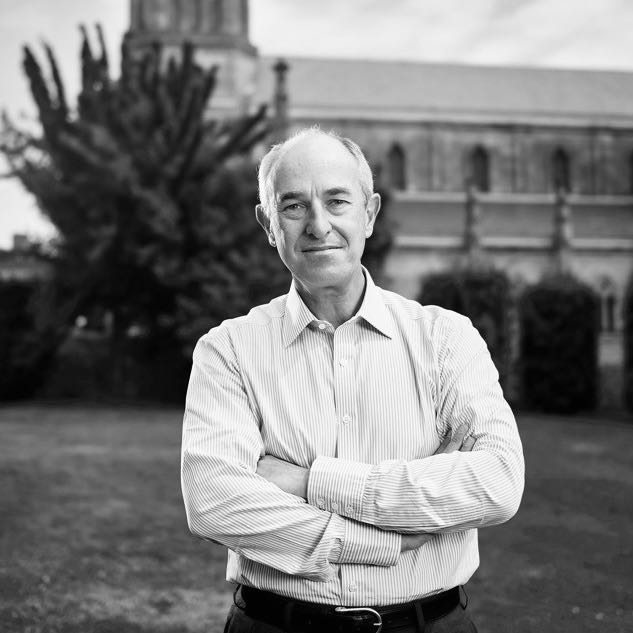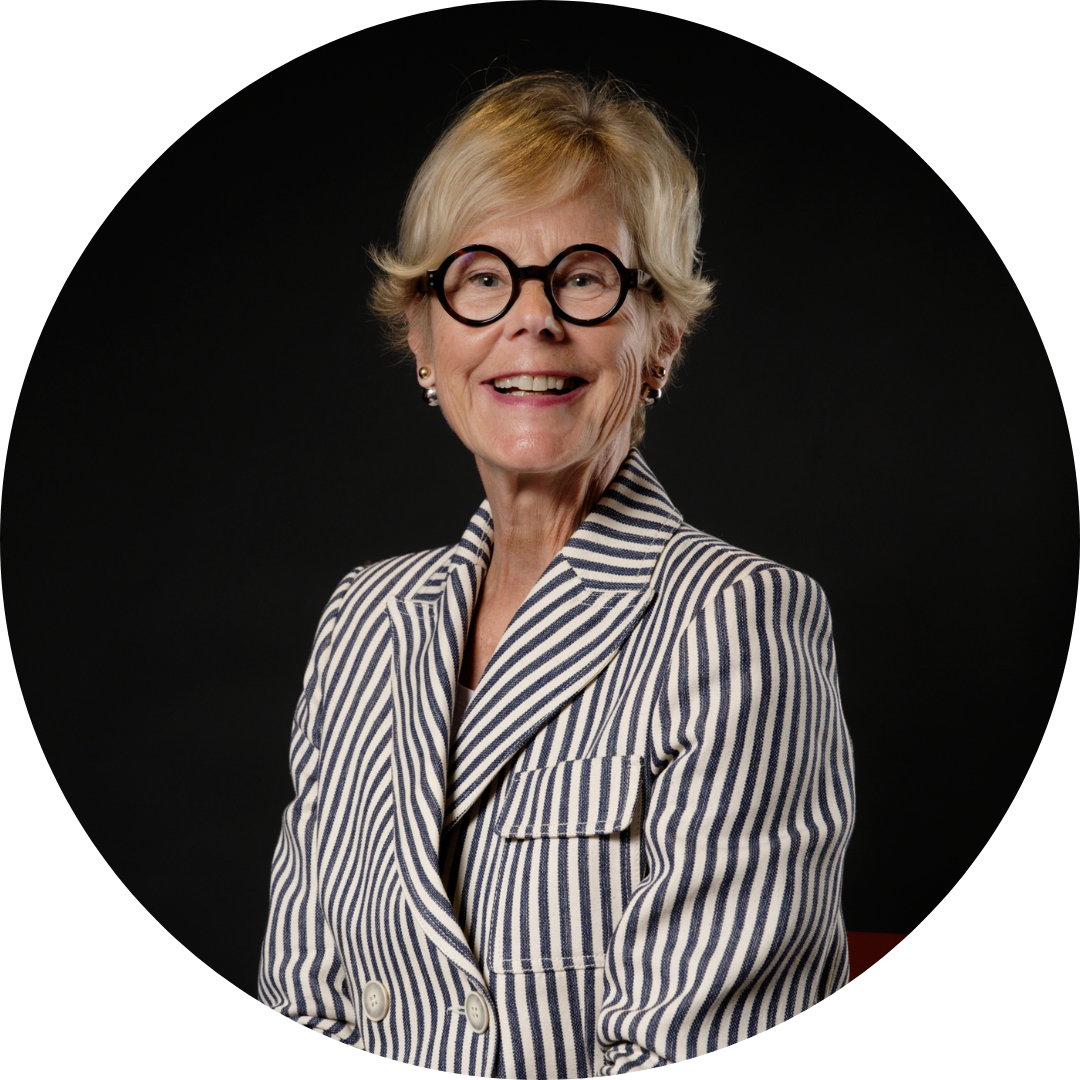Jean-Guillaume Prats
Vice President of Delon Estates
Executive President of Château Estoublon-Roseblood
Gerda’s note
In December 2022, I had a fascinating interview with Jean-Guillaume Prats, which led to the publication of Inside No. 81. His family owned Château Cos d’Estournel, and Jean-Guillaume managed this 2nd Classified Growth for 14 years. He then pursued an international career as President of LVMH wines worldwide, overseeing seventeen estates.
Returning to Bordeaux, to his native land, he was President of Domaines Baron de Rothschild and is currently the Vice President of the Board of Delon Estates. An expert in the wine markets, he also launched an ambitious project in Provence with his partners, Stéphane Courbit, former President Nicolas Sarkozy, and his wife Carla Bruni, focusing on wine, olive oil, and hospitality. He is also involved in his family vineyards in Portugal, South Africa, and Chile. Therefore, I thought it was relevant to meet with him again, a few months later and after the En Primeur campaign.
The evolving market
Gerda: How do you assess the current market situation?
Jean-Guillaume Prats: I don’t think the market is in crisis. It’s more of a structural than a cyclical phenomenon. We are witnessing a profound transformation in the way consumers purchase wine, which is also changing our distribution methods. For me, this is not a crisis, but rather a mutation. Bordeaux has always gone through phases of transition, often in a positive and constructive manner. The last significant transformation occurred in the late 70s. It reconfigured the Place de Bordeaux system, revitalized properties, brought forth new players, but also led to the disappearance of many others, those who could not adapt to both production and negoce.
G : Mutation means change. What do we need to change in the current system?
JGP: I do not claim to hold the truth or to give lessons on what needs to be done. I observe, like everyone else, that there is a decrease in the consumption of red wine worldwide. A clear wave of health consciousness affects us all; we consume less red wine, but we consume better, choosing wines that tell a story.
This story may be linked to exceptional quality, as is the case with many Bordeaux Crus, or to a personal connection with a person, a family, almost like a friend. We buy the wine of a personality we have met. There are many labels around the world that are strongly personified. One might be attached to an innovative label, a new story, or a particular moment, then move on to another experience. We need to focus on these three aspects. If we are just one wine among many, as the volume of consumption decreases and the consumer is less loyal but drinks better, I do not see a future.
G: So, we need to differentiate ourselves from others?
JGP: Everything goes through the human element. The level of investment in strategic, commercial, and marketing skills must be strengthened on the property. You need to stand out either through a strong personal presence or story, through exceptionally high quality that is universally recognized, or through innovation that introduces a new mode of consumption. Ideally, combining all three factors would be best. This story, this quality, or these innovations should, of course, match the DNA of each Cru and its own culture.
This can take the form of a special cuvée, a limited edition, or a collaboration that creates desire among consumers, even those who already have everything, by making them think, “I want this one because it’s new.” Of course, without falling into the problem of multiplying labels by Cru, which is one of the ailments of Bordeaux. A well-known example familiar to everyone is Dom Pérignon, which creates a collection every two to three years with personalities like Lady Gaga, Jeff Koons, or other artists. We don’t need to buy it, but we do because it’s new and unique. Some Bordeaux Crus have tried this with success. How do we make a consumer want to buy a bottle they don’t really need?
G: What role do you see for the courtier in the market’s mutation?
JGP: The courtier remains a major player as they act as a balancer between sometimes antagonistic interests. On one side, there are those who want to sell as expensively as possible (the producers), which is legitimately true for all of Bordeaux viticulture. On the other hand, there is the negoce, which in the current situation is unfortunately forced to make its margin on the purchase (since the selling prices are known to all). Therefore, the courtier must serve as a moral authority of regulation and can be an advisor in strategy. The courtier should be in a position to be able to say things that are unpleasant to hear without it being detrimental to their business. When times are complicated, old institutions often prevail. Aren’t we currently pleased in France to have a solid constitution of the Fifth Republic in the face of parliamentary uncertainty?
G: Does the Place de Bordeaux still have a role to play in this mutation?
JGP: Yes, the logistical platform is remarkable. It allows an importer to consolidate in the same container or on the same pallet a diverse variety of wines from Bordeaux and beyond. This system of consolidation and presenting a wide range of labels with different prices and positions is unique in the world. It facilitates access to distant markets as well as local ones through what is called the route to market, which is efficient and swift.
The role of a negociant
G: In an interview, the president of Bordeaux Négoce, Philippe Tapie, said that more space needs to be given to merchants. What do you think?
JGP: I agree with Philippe Tapie on this point: each player has their specific role. A negociant is responsible for distribution and the conquest of new markets, which are their areas of expertise and business foundation. They must be intelligent in their purchasing decisions.
As for the producer, their primary focus should be on producing exceptional wines and creating prestigious brands. They generally outsource distribution to trusted partners. I agree with the idea that it is crucial not to complicate the lives of our merchant clients.
G: Is it important for the producer to know where their wine is distributed?
JGP: Yes, that’s why the Bordeaux system, based on trust, cooperation, and constructive exchanges, will endure but without becoming a system of excessive control. Everyone has their own profession and expertise. To put it simply, it can be said that the property rents the negociant’s business foundation, that is, their expertise and network. The producer trusts the negociant to distribute their wines in the best possible way, while providing some guidelines to follow. In turn, the producer commits to supplying the best possible wine, under optimal market conditions, with a story, a label, and a DNA that allow it to shine.
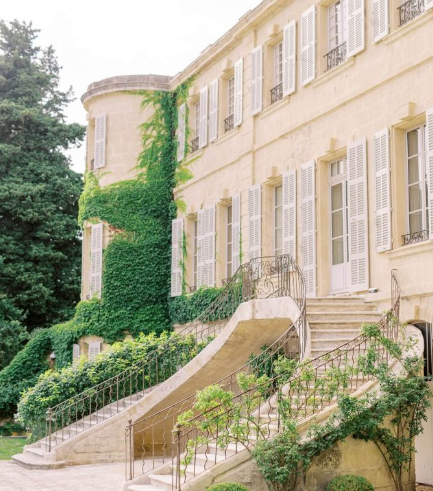
The role of the Consumer
G: How do you see the relationship with the end consumer?
JGP: That is the role of the brand and label owner. While the negociant may handle certain aspects, they have no vested interest in managing brands they do not own. Each player has their specific role. The negociant should focus on logistics, market penetration, and commercial relationships with distributors. On the other hand, interaction with the consumer, the creation of the dream, desirability, emotion, and the pleasure associated with purchasing and opening a bottle should be managed by the brand owner and professional organizations
On this topic, I believe we have a real problem. For example, the Commanderie du Bontemps does remarkable work with influencers but does very little for consumers (with the exception, of course, of the Left Bank Cup). The last five or six events organized by the Commanderie have been magnificent with significant budgets, but none of these events, unless I’m mistaken, were consumer-oriented. These organizations need to focus more on the consumer.
I’ll take the example of Provence, where one of my professional activities brings me. Provence is remarkably well-managed by its trade organization, in a very impressive manner, with a focus on the market, consumers, and locations. They ask the right questions, such as:
What visual, what image, what message, what on-the-ground activation are being conveyed to consumers in various mature or emerging markets to encourage them to buy Provence wines? Afterward, it’s the work of distributors and marketers to handle the logistics.
That’s not the case in Bordeaux. What bothers me is that the only message we seem to be sending is focused on price, speculation, and profit: “Don’t buy this wine, opt for a cheaper vintage of the same label.” This is like shooting ourselves in the foot. I was horrified during the 2023 campaign to see certain pressures, particularly from Anglo-Saxon and French sources, suggesting: “Don’t get the 2023, go for the 2014 at the same price instead.” This encourages non-purchase. The consumer then thinks, “I’m not going to buy the 2014 or the 2023 because it all seems too complicated.”
Instead of promoting the dream, the quality, the expression of terroir, and the beautiful journey that wine offers, we’re talking about profit margins and interest rates. It’s completely absurd! Where do we see this kind of messaging in the luxury goods sector?
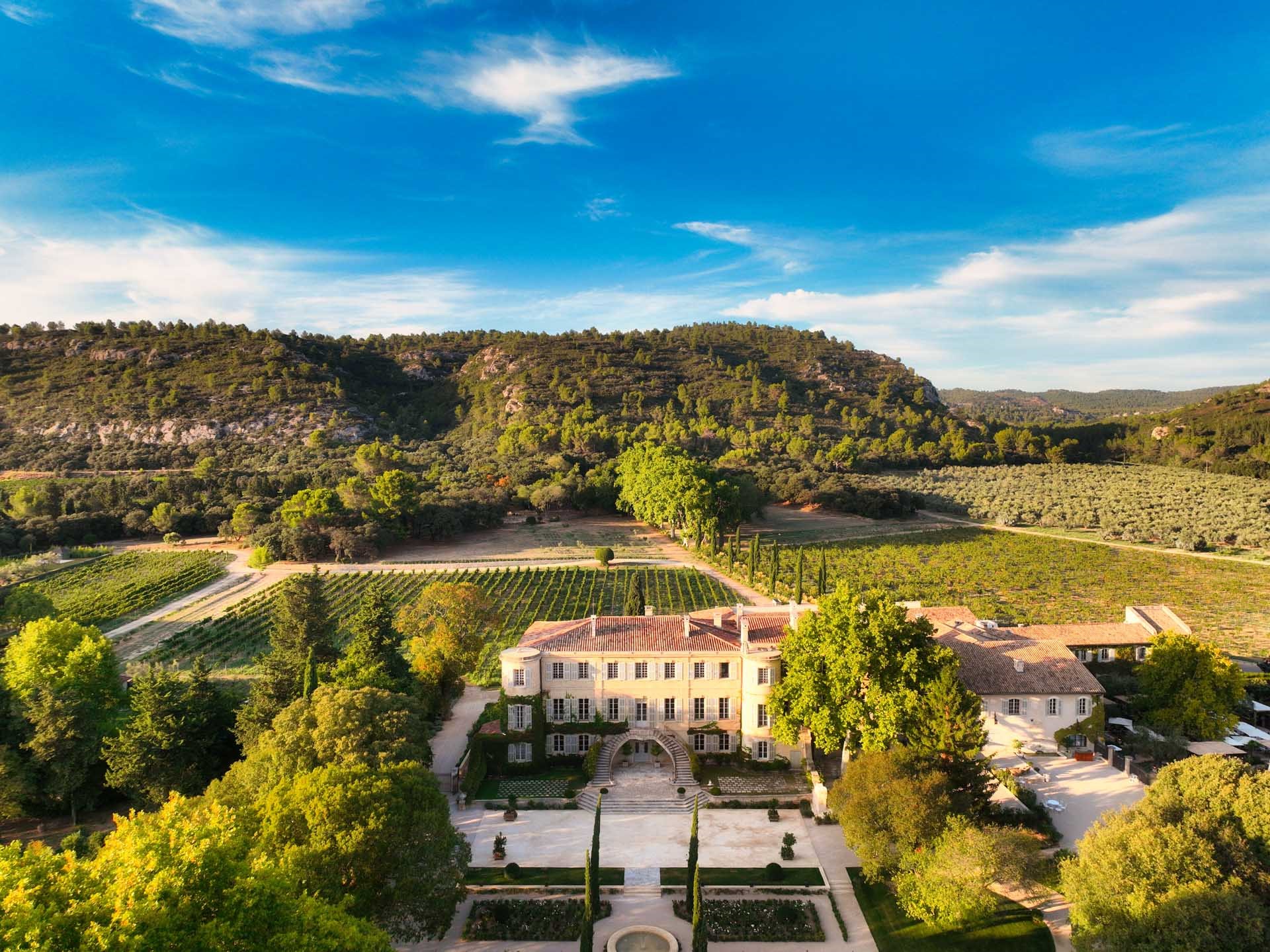
G : Has the high-end segment in Bordeaux also benefited from this speculation?
JGP: Yes, indeed, Bordeaux has benefited from speculation through its En Primeur system, but it’s high time to slow down. Speculation cannot be the only way to promote our labels to consumers. What is very dangerous in the En Primeur system is that we had to significantly reduce the prices of our 2023 wines to make an effort. One might think that consumers have made a good deal by purchasing these wines due to their quality. However, that’s not the message being conveyed. On the contrary, they are told, “The price drop is not enough yet. For the same price or a little more, you can buy something else.” This is absurd.
On the other hand, some seem to suggest, “Buy the 2023 now because you might make a 30-point margin.” But where have you seen anyone make a speculative margin of 30 points on a product in 18 months? And if that happens, Mother Nature will intervene to correct the situation. This could involve hedge funds taking positions to profit from this effect, operators seeking to bypass distribution to capture some of the speculative margin, or even the estate itself excessively raising its prices afterward to recoup part of the lost margin.
In this way, we risk destabilizing the system. I have many friends who are wine enthusiasts but not experts, and they tell me, “I don’t want to/can’t even buy Bordeaux anymore because the graphs and prices are too complicated. I’d rather turn to Burgundy or Rhône wines, which are discussed in terms of quality and, more importantly, stories that make me dream.
G: Isn’t the consumer also confused by the high price volatility?
JGP: I’m less shocked by this, for a very simple reason: it seems normal and legitimate to consider the quality of vintages when dealing with agricultural products. It seems quite logical, although I could be wrong, that when a vintage is exceptional, the price should be different from that of a lesser one. It’s up to journalists, sommeliers, or wine merchants to explain why. If you have a legendary vintage, it’s only logical that it would cost more.
The price
G: Can you explain to customers the criteria you used to set the price for Léoville Las Cases in this En Primeur release?
JGP: It’s quite simple. Together with Jean-Hubert Delon, we focused on the ex-Bordeaux resale price and decided that, given the slightly complicated market context, this ex-Bordeaux price should be one of the most attractive among the available vintages of Léoville Las Cases. The goal is to ensure that customers feel confident in purchasing these wines. Over the past two years, we have also launched image and digital communication campaigns to reach new territories while respecting our DNA. Additionally, at Château Nénin (which is dear to the Delon family), we wanted to offer a new experience to our professional clients during the En Primeur week. The simple idea is to generate desire and attention through the freshness and novelty of the message.
I believe that models like LiveEx, through their well-executed communication aimed at the uninformed, have contributed to the current market situation. Their data, which is neither audited nor verified, is often echoed by the press as market truth. They are very skillful and, frankly, quite good at developing their model.
Their business model is understandable and legitimate from their perspective, but it works against the interests of Bordeaux: they are entrepreneurs aiming to develop a trading platform that attracts as many buyers as possible to facilitate transactions. They want to surpass the Place de Bordeaux as a “marketplace” and become “market makers.” I understand their perspective and respect their entrepreneurial goals. However, the problem lies in the messages they disseminate, which are visible to everyone, including uninformed consumers, and which say: “Here’s the price, but above all, don’t buy this wine; consider buying something else instead.” Where do we see this for a new car model or a new watch? No one would say: “Don’t buy the new Alpine or the new Cartier, but rather go for a 20-year-old model!”
Their business model goes against the interests of the Place de Bordeaux. While we can’t do anything to change that (it is a free world), it is important to point it out, and I do so calmly and thoughtfully. I prefer to collaborate with partners who share great stories rather than with those who advise consumers not to buy a certain wine but to opt for another.
In Bordeaux, we still have some wonderful stories to tell. We produce legendary wines, our level of scientific research is among the highest in the world, and our training programs, whether technical, marketing, or legal, are the most advanced and attract talent from around the globe.
Young people everywhere dream of studying at the prestigious schools and universities in Bordeaux. The investment in wineries and cellars is exceptional; never has a region had so many technically advanced wineries and cellars. No other place in the world has this, and we have fantastic wines.
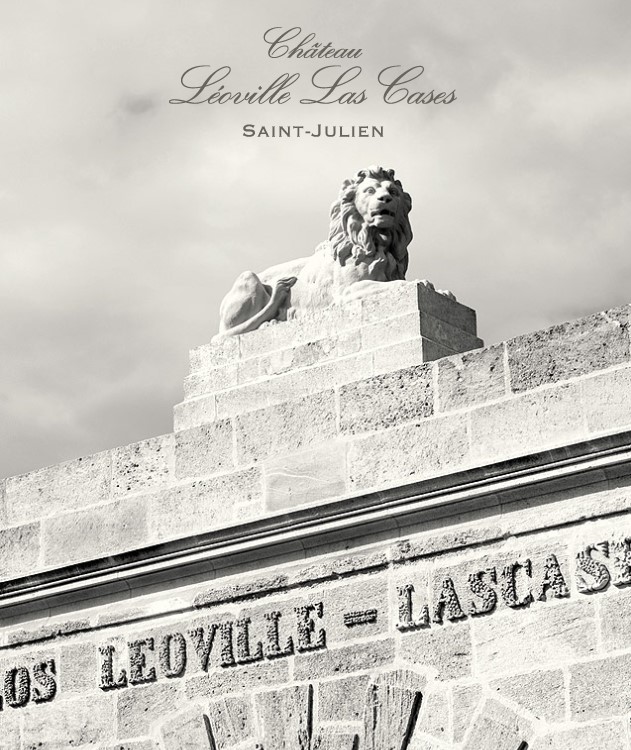
G: Would you like to add anything else to our interview?
JGP: My main point is that we are not facing a crisis but rather a transformation. We have many strengths, as we’ve discussed. However, if we do not reinvest in marketing and communication with messages that resonate with consumers in a fresh, innovative, and disruptive way, we will not be able to achieve this necessary transformation.
The major mistake is believing that the quality of the wine and the terroir alone is enough. It is imperative to invest significantly in marketing while, of course, respecting one’s own culture. Each property must articulate its DNA and bring it to life with its own human and financial resources.
Secondly, it is crucial that the trade organizations—not those focused on regulation, but those responsible for marketing and communication with consumers—take action. The Union des Grands Crus does this remarkably well with the Grands Amateurs weekends. This is an example to follow and amplify. We need to inspire and create dreams.
I see this with my modest project in Provence. Fifteen or 20 years ago, it was complicated. Today, it’s doing very well, and it has become a prime area for investment. Producers, wineries, and winemakers work together as a group. This has an impact on the land and real estate market along the axis between Arles and Nice. People are buying a lifestyle. It’s important that a bottle of wine offers a moment of serenity, allowing consumers to forget the stress and worries of their daily lives, even if only for a moment. This is the message we need to convey.
Therefore, in Bordeaux, properties must focus on producing wines of exceptional quality, which can be challenging for some Crus without commercial outlets and without the ability to invest. It is also essential to create a story and communicate it effectively. We can no longer rely on simply selling terroir-driven wine in isolation. That approach no longer works because global wine consumption is declining, and competition is becoming increasingly strong and assertive. The merchant is a reliable partner for the property, but they must be able to work freely. They are not just a client but a true partner to whom the property must provide image ammunition.
Finally, we must remain optimistic: our wines are exceptional, our terroirs are unique, and our stories are ancient, beautiful, and already well-known. I was fortunate to launch three vineyards in China, in three different regions, and to recruit Chinese staff. What struck me most was that there is no training in China for this profession. All the young people we recruited were trained in Bordeaux or Montpellier. The dream of this young Chinese generation is to learn this beautiful craft of wine and come work with us. It’s quite remarkable. I observed the same phenomenon in India, where I opened a vineyard in the state of Maharashtra.
We inspire dreams, but we must maintain this fresh and contemporary image to stand the test of time.
Gerda BEZIADE has an incredible passion for wine, and possesses a perfect knowledge of Bordeaux acquired within prestigious wine merchants for 25 years. Gerda joins Roland Coiffe & Associés in order to bring you, through “Inside La PLACE” more information about the estate we sell.

